This article has been reviewed according to Science X's editorial process and policies. Editors have highlighted the following attributes while ensuring the content's credibility:
fact-checked
peer-reviewed publication
trusted source
proofread
Got milk? The ancient Tibetans did, according to study
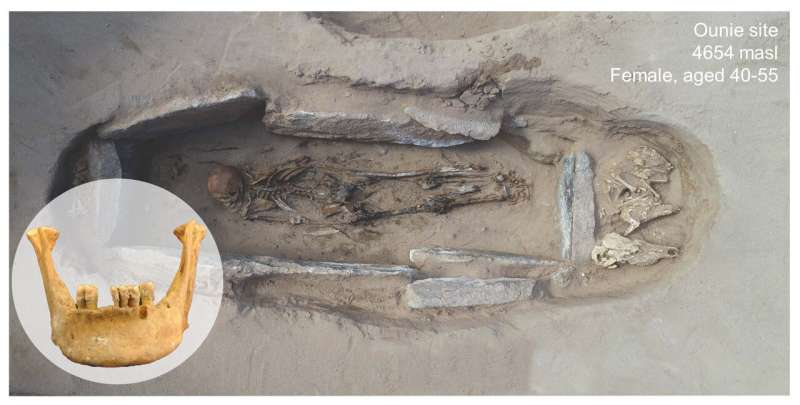
New research into ancient populations that resided on the Tibetan Plateau has found that dairy pastoralism was being practiced far earlier than previously thought and may have been key to long-term settlement of the region's extreme environment.
Professor Michael Petraglia, Director of Griffith's Australian Research Center for Human Evolution, was part of the international research team that set out to understand how prehistoric populations adapted to the vast, agriculturally poor highlands of the Tibetan Plateau.
The research, published in Science Advances, revealed that dairy pastoralism began on the highland plateau by about 3,500 years ago.
The research team was led by Ph.D. candidate Li Tang with Professor Nicole Boivin of the Max Planck Institute for the Science of Human History, Professor Shargan Wangdue from the Tibetan Cultural Relics Conservation Institute and Professor Hongliang Lu from the Center for Archaeological Science at Sichuan University.
They found that dairying was a critical cultural adaptation that supported expansion of the early pastoralists into the region's vast, non-arable highlands, opening the Tibetan Plateau up to widespread, long-term human occupation.
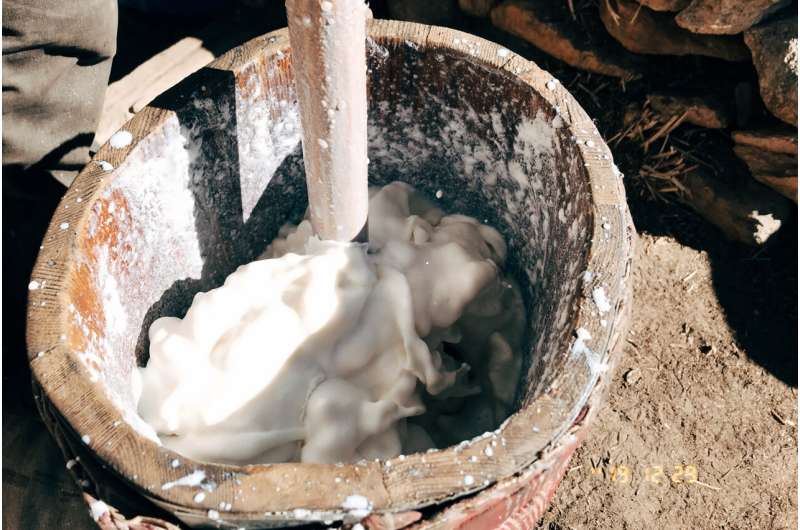
"The extreme environments of the Tibetan Plateau—one of the world's largest and highest and commonly referred to as the 'third pole'—offer significant challenges to human survival and demanded novel adaptations," Professor Petraglia said.
The role of biological and agricultural adaptations that enabled early human colonization of the plateau has been widely discussed.
"These included genetic adaptations that allowed Tibetans to use smaller amounts of oxygen more efficiently," Li Tang said.
"But the contribution of pastoralism to the settlement of Tibet is less well understood, especially the dairy pastoralism that has historically been central to Tibetan diets."
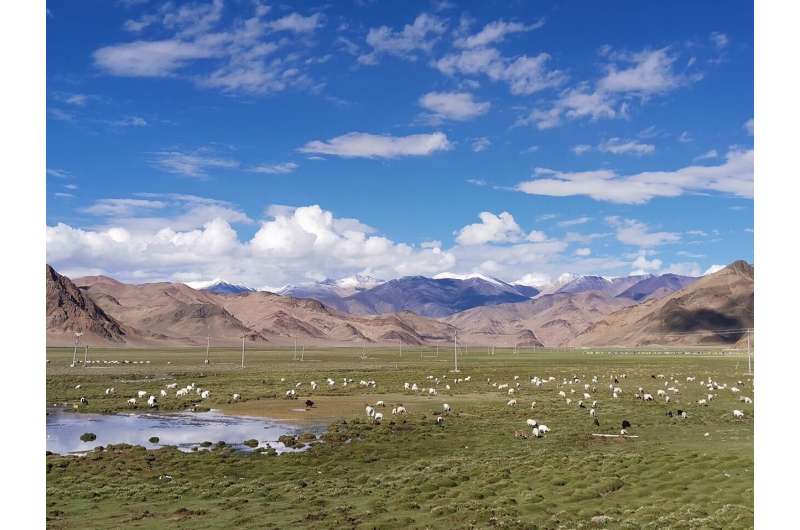
The researchers used paleoproteomic techniques to analyze ancient milk proteins preserved in the dental calculus of 40 human individuals from 15 ecologically diverse sites in Tibet and western Qinghai.
Dental calculus provides a direct source of ancient dietary information on individual humans because food proteins and other substances become trapped in the calcified matrix during its formation. This matrix can help to stave off processes of decay, supporting long-term preservation of ancient biomolecules from certain foods like milk.
Investigating the amino acid sequences of some milk proteins revealed that these ancient humans sourced their dairy resources from sheep, goat, and possibly cattle and yak.
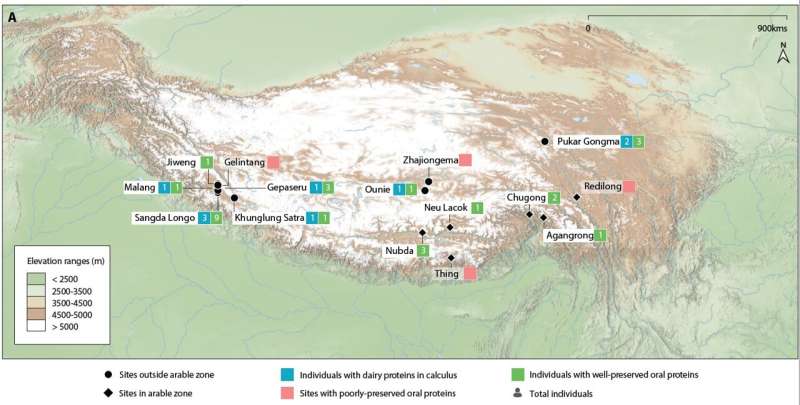
Patterns of milk protein recovery highlighted to the researchers the importance of dairy for individuals who lived in agriculturally poor regions higher than 3,700 meters above sea level.
"Previous research has suggested that crop cultivation based on frost-tolerant barley was one of the critical adaptative strategies that enabled more sustained habitation of the Tibetan Plateau, facilitating its permanent occupation by around 3,600 years ago," Professor Boivin said.
"But this finding reflects data collected only from arable regions of the plateau situated below 3,500 meters above sea level.
"Our findings indicate that dairying was introduced onto the interior Tibetan Plateau by at least 3,500 years ago, more than 2,000 years earlier than recorded in historical sources."
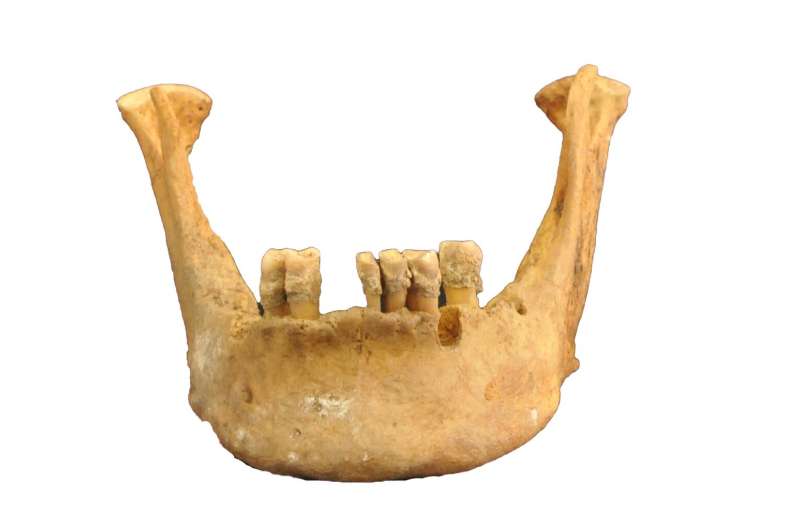
This timing coincides with the earliest archaeologically identified domesticated ruminant bones on the interior plateau, indicating that dairying was probably adopted as soon as pastoralism spread into this region.
"Understanding how ancient populations obtained sufficient food to survive in these agriculturally marginal highlands is key to understanding the long-term economic and demographic, as well as land-use development of the Tibetan Plateau," Li Tang said.
More information: Li Tang et al, Palaeoproteomic evidence reveals dairying supported prehistoric occupation of the highland Tibetan Plateau, Science Advances (2023). DOI: 10.1126/sciadv.adf0345. www.science.org/doi/10.1126/sciadv.adf0345
Journal information: Science Advances
Provided by Griffith University




















